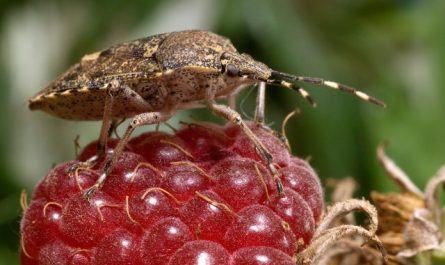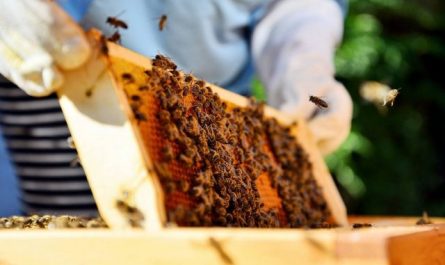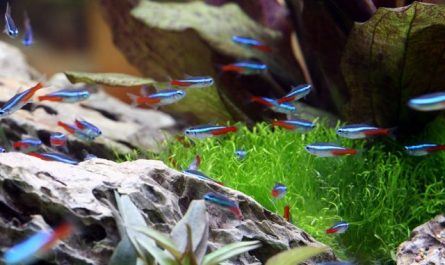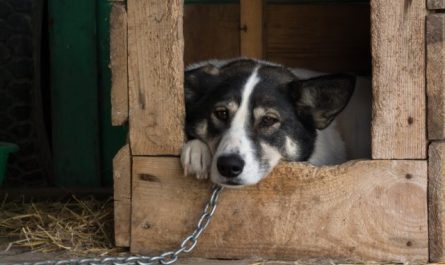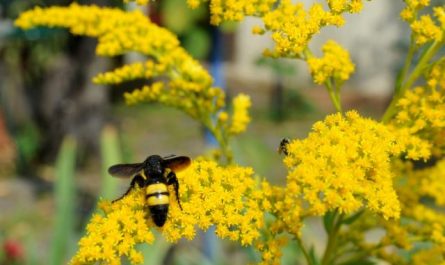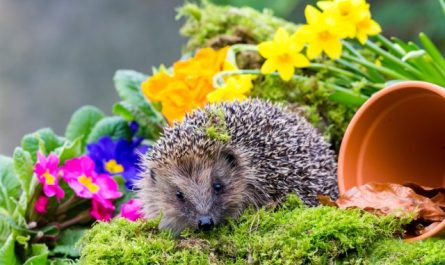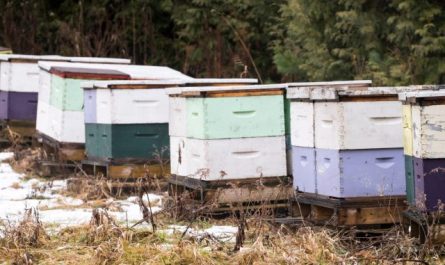When the harvest begins to ripen, you really want not only to enjoy healthy vegetables, fruits and berries from your garden, but also to treat other residents of the farmstead with them. We will talk about the most common crops that will be a great addition to the diet of various farm animals and birds. We will also discuss in what form and in what quantities you can give the harvest from the garden to the inhabitants of the farm so as not to provoke digestive disorders in them.
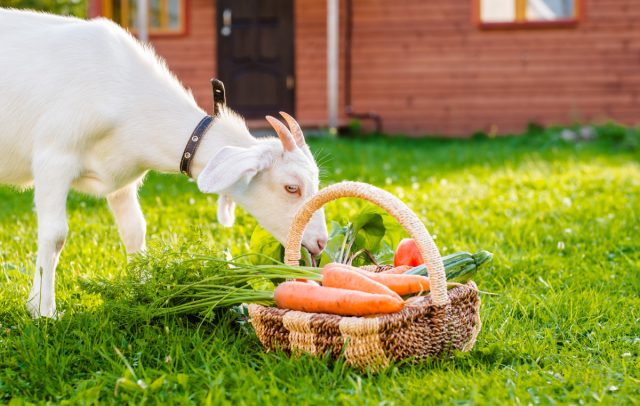
What vegetables can be given to animals and poultry?
White cabbage
Cabbage contains a large amount of vitamin A, B1, P, K and minerals (sulfur, potassium, calcium, phosphorus). In addition, it is the leader in vitamin C content among vegetables. Cabbage will be a great addition to the main diet. It also has lactogenic properties, due to which it can increase milk yield in goats, cows and sheep.
How to give cabbage correctly
Cows – up to 15 kg per head per day, raw, divided into whole leaves or chopped. It is not recommended to feed dairy cows a lot of cabbage. It can increase milk yield, but will significantly reduce the fat content of milk. Excessive consumption of cabbage can give milk an unpleasant taste. In addition, this vegetable is easily fermented feed. When fed in large quantities, it can cause rumen bloating and indigestion. It is not advisable to feed beef cattle cabbage because it is low in calories.
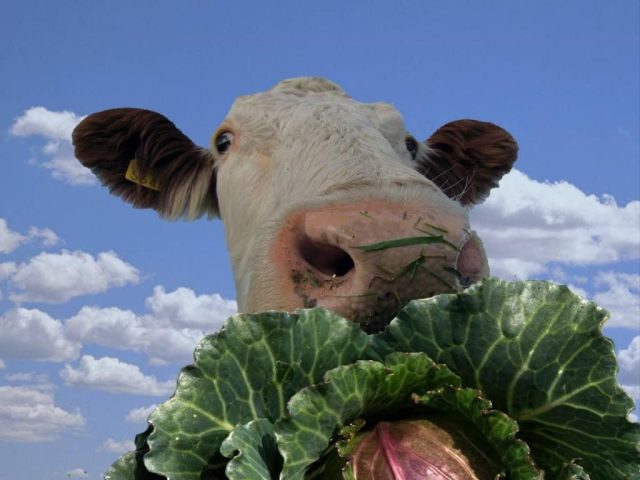
Goats and sheep – up to 4 kg per day, raw, whole or crushed leaves. Like cows, dairy goats have increased milk yields, but the fat content of milk decreases.
Pigs – up to 2,5 kg per day, raw or cooked, chopped cabbage leaves and mixed with feed. Cabbage in large quantities causes bloating and diarrhea in pigs. In addition, it contains an anti-nutritional factor, which impairs digestibility.
Rabbits – in very limited quantities, 1-2 cabbage leaves per head per day, raw, no need to chop the leaves. Cabbage causes gas and diarrhea in rabbits, so it should be fed very carefully.
Birds – as much as they want, raw or cooked, as a whole head, separate leaves or chopped. It is not recommended to mix cabbage into the main feed for birds; it is better to give it separately so that the bird itself determines how many leaves to eat. Chickens, ducks, geese and turkeys can be given whole heads of cabbage.
Potato
An ambiguous vegetable that should be treated with great caution. However, it contains a large amount of iron, calcium and phosphorus, magnesium and zinc, as well as a lot of vitamin C and B vitamins. For cows and pigs, potatoes are a valuable high-calorie feed that can significantly reduce the cost of feeding.
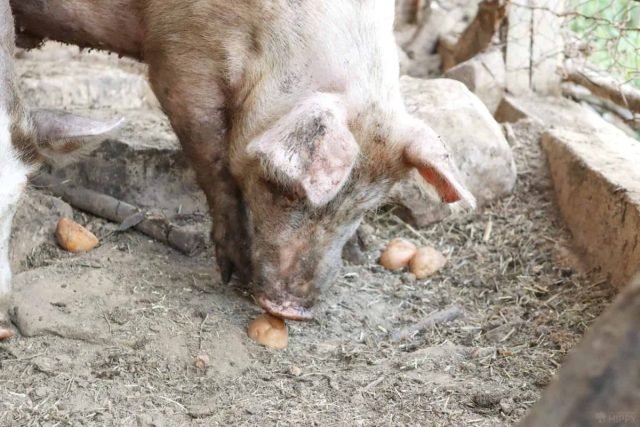
The main danger of potatoes is solanine, which is poisonous to animals and birds. Green potatoes or ripe ones with green spots on the skin and pulp are not allowed for feeding.
How to give potatoes correctly
For cows – up to 15 kg per head per day, raw, cut into small pieces.
Goats and sheep – up to 1 kg per day, raw, chopped into small pieces. Goats and sheep are reluctant to eat potatoes, and they digest them quite poorly. It is better to use it as a treat in small quantities if there are no other vegetables.
For pigs – up to 4 kg per day, boiled, cut into small pieces.
Rabbits – in very limited quantities, raw, chopped or grated. It is forbidden to give potatoes to young animals and pregnant rabbits.
For poultry – up to 50 g per head per day, boiled as part of mash.
Carrots
This root vegetable contains a large amount of carotene, which is involved in the synthesis of the essential vitamin A. Carrots are also rich in vitamins B, K, C, potassium and manganese. They are low in calories and safe for feeding to animals and poultry.
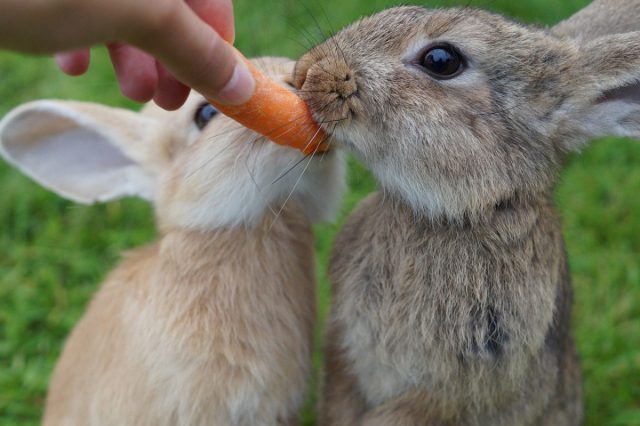
How to give carrots correctly
For cows – up to 15 kg per head per day, raw, cut into small pieces.
For goats and sheep – up to 3 kg per day, raw, cut into small pieces.
For pigs – up to 5 kg per day, raw or boiled, cut into small pieces.
Rabbits – up to 500 g per day, raw, root vegetables can be given whole or cut into small pieces.
For poultry – about 30 g per head per day, raw or boiled, grated.
Beetroot
This vegetable is very rich in vitamins B, A and vitamin C. It contains a large amount of beta-carotene, iron, potassium, phosphorus, sodium, magnesium, zinc. Beets contain a lot of carbohydrates. This is not only an excellent vitamin supplement to the diet, but also a good replacement for some concentrates. It is necessary to distinguish between ordinary sugar beets, which grow in gardens, and fodder beets. The former contains a lot of sugars, which can cause fermentation and digestive disorders. Below are the feeding rates for sugar beets.
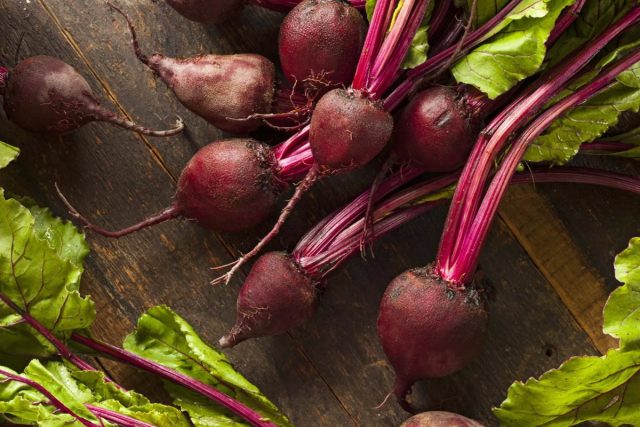
How to give sugar beet correctly
Cows – up to 15 kg per head per day, raw, cut into small pieces. Feeding beets helps to increase milk yields without significantly reducing the fat content of milk. Excessive consumption of beets can lead to rumen bloat and diarrhea.
For goats and sheep – up to 2 kg per day, raw, cut into small pieces.
Pigs – up to 6 kg per day, boiled or steamed, chopped into small pieces. It is recommended to cool the beets as quickly as possible after cooking, so that they do not become unsuitable for feeding. If they cool slowly, nitrates may form in them.
Rabbits – up to 50 g per day, boiled, grated. It is not recommended to give rabbits raw beets, as they cause diarrhea.
For poultry – up to 50 g per day, raw or steamed, grated. In large quantities, beets cause diarrhea in poultry.
Pumpkin
Pumpkin is very rich in carotene, vitamins K, A, E, B and C, calcium, magnesium, phosphorus, potassium and iron.
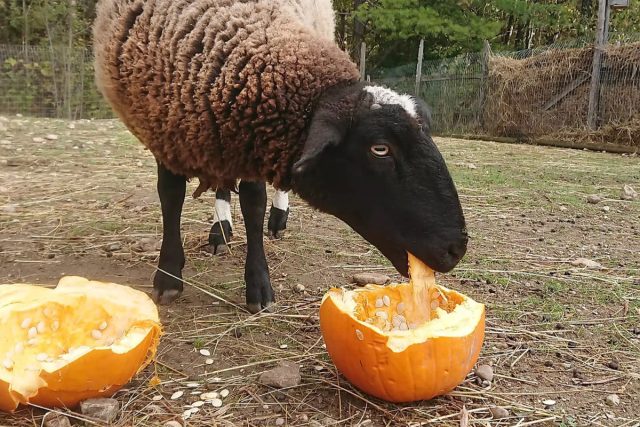
How to give pumpkin correctly
For cows – up to 15 kg per head per day, raw, cut into small pieces.
For goats and sheep – up to 4 kg per day, raw, cut into small pieces.
For pigs – up to 6 kg per day, raw or boiled, cut into small pieces.
For rabbits – in very limited quantities, a small piece per head per day, raw, without chopping or grating.
For poultry – up to 20 g per head per day, raw, grated. It is better to give pumpkin as part of mash.
What fruits can be given to animals and birds?
Apples
These fruits are rich in vitamins B, A, E and C, potassium, calcium, magnesium and iron.
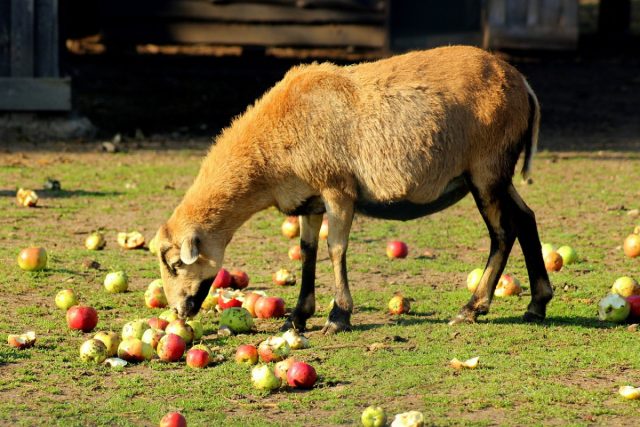
How to give apples correctly
For cows – up to 10 kg per head per day, raw, with the core and seeds cut out and chopped into small pieces.
For goats and sheep – up to 1 kg per day, raw, with the core and seeds removed and cut into small pieces.
For pigs – about 600 g per day as a treat, raw, with the core and seeds removed and cut into small pieces.
Rabbits – one small apple per head per day, raw, with the core and seeds removed.
For poultry – a quarter of an apple per head per day, raw, with the core and seeds removed and grated.
pears
Like apples, pears are rich in vitamins and microelements, but are rarely used in animal and poultry feeding. Compared to apples, pears often cause diarrhea and are less palatable. Cattle, small ruminants and pigs are given pears as a treat raw in small quantities, pre-cut into small pieces. It is better to offer rabbits and poultry apples.
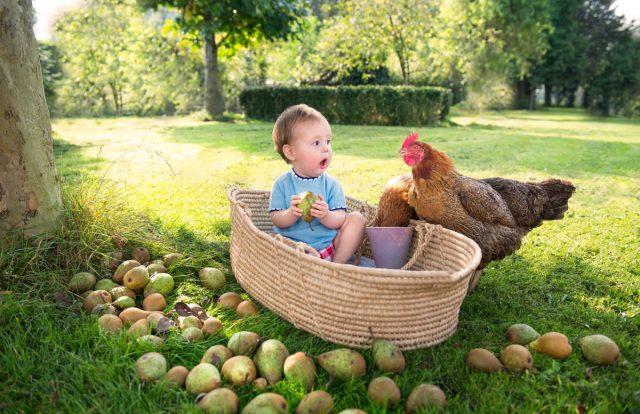
What berries can be given to animals and birds?
In general, any animals and birds will not refuse a variety of edible berries: strawberries, raspberries, blueberries, bilberries, rowan berries, viburnum, currants, gooseberries. Berries can be given to animals and birds in limited quantities as a treat, fresh or dried.

